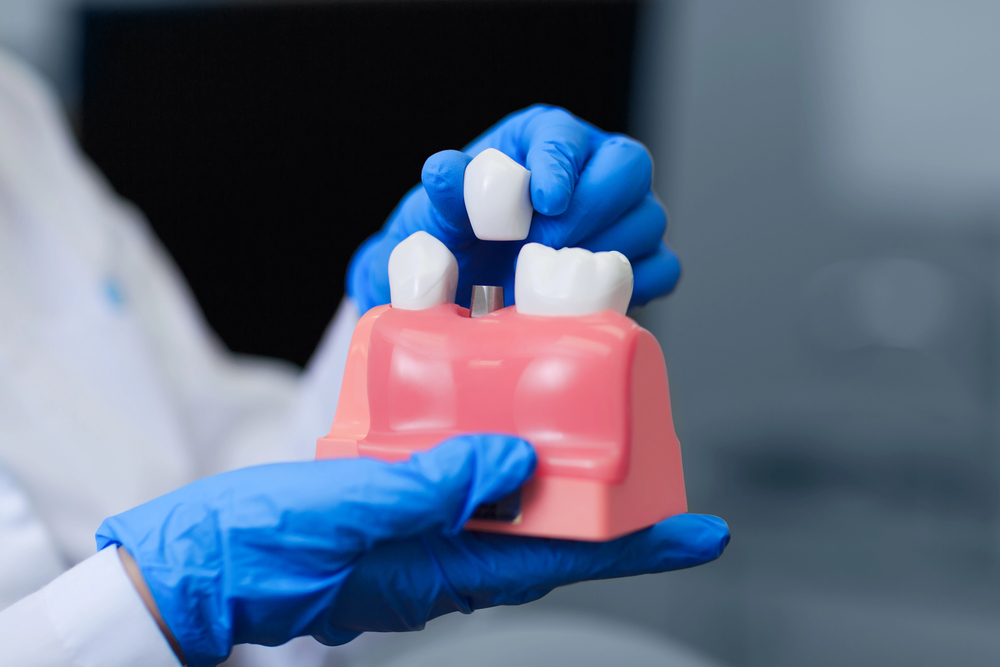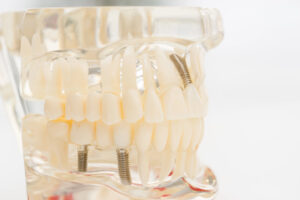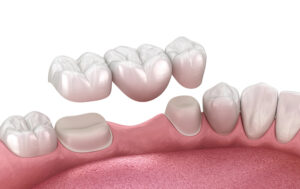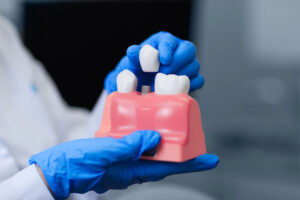
In the ever-evolving world of dentistry, dental implants have long stood as a reliable and transformative solution for replacing missing teeth. However, today’s advancements are pushing far beyond functionality. Aesthetic precision and natural-looking results are now at the forefront of modern implant dentistry, driven by technology, patient demand, and a growing awareness of overall oral health. While dental implants remain primarily an adult treatment, the ripple effect of aesthetic innovation is also influencing broader aspects of dentistry, including the oral health care of children through future planning and family-focused dental practices.
The Shift Toward Aesthetic-First Implants
In the past, dental implants focused primarily on function—providing strong, stable anchors to replace lost teeth. But in today’s image-conscious world, patients increasingly expect their implants to look as good as they feel. This shift has sparked a surge in aesthetic-driven innovation. Dentists and prosthodontists are now combining advanced technologies with artistic sensibility to create implants that are virtually indistinguishable from natural teeth.
Digital smile design (DSD) has become a powerful tool, allowing clinicians to plan implant placements with extraordinary precision. With DSD, dentists use high-resolution images and 3D scans to digitally sculpt smiles that align with the patient’s facial features, lip line, and personality. This personalized approach not only ensures optimal function but also guarantees a seamless, natural appearance.
The Rise of Zirconia Implants
Traditionally, dental implants have been made from titanium due to its durability and biocompatibility. However, zirconia implants are rapidly gaining popularity in the world of dental aesthetics. These metal-free alternatives offer a tooth-colored appearance that blends beautifully with natural teeth and gums.
Zirconia also boasts hypoallergenic properties, making it a suitable choice for patients with metal sensitivities. Its smooth surface resists plaque accumulation, supporting healthier gum tissues—an essential consideration in both aesthetics and long-term oral health. As patients with dental implants seek out more holistic and visually pleasing options, zirconia stands out as a future-forward solution.
Soft Tissue Management for Natural-Looking Results
No implant looks natural if the surrounding gum tissue doesn’t support it. This has led to increased focus on soft tissue management and grafting techniques. Dental professionals are now using collagen membranes, connective tissue grafts, and platelet-rich fibrin (PRF) to sculpt the gums around the implant site, ensuring a natural emergence profile and avoiding the telltale “long tooth” look.
Additionally, advancements in guided bone regeneration (GBR) and immediate implant placement techniques have reduced the need for multiple surgeries, shortening treatment time and improving aesthetic predictability.
3D Printing and Custom Abutments
Customization is key in modern dental aesthetics. With 3D printing technology, dentists can now fabricate custom abutments and temporary crowns in-house. These components are tailored to the exact shape and contours of the patient’s mouth, delivering a superior fit and appearance.
3D printing also enables faster turnaround times, which means patients can receive beautiful provisional restorations on the same day as implant surgery. These temporaries preserve the gum architecture and maintain a natural smile throughout the healing process—a critical factor in overall patient satisfaction.
The Role of Digital Workflows
The integration of digital workflows in implant dentistry has redefined precision. Intraoral scanners, CBCT (cone-beam computed tomography), and CAD/CAM (computer-aided design/computer-aided manufacturing) systems have streamlined the diagnostic and treatment planning process.
Digital impressions reduce discomfort for patients and allow for highly accurate restorations. CAD/CAM technology facilitates the design of crowns that mirror the translucency, shape, and color of adjacent teeth, resulting in beautiful, life-like implants.
This enhanced accuracy reduces errors and adjustments during final placement—saving time and improving the end result. For patients concerned with the visual aspects of their smile, digital workflows provide peace of mind and predictable beauty.
Psychological and Social Benefits of Aesthetic Implants
Beyond functionality and health, dental implants have a significant psychological and social impact. A beautiful smile restores self-esteem, boosts confidence, and encourages social interaction. For many patients, implants are not just a dental procedure—they are a transformation.
This psychological uplift underscores the importance of aesthetic considerations. Dentists today are not only health providers but also smile designers, supporting mental wellness through advanced restorative solutions.
Impacts on Family Dentistry and Children’s Oral Health
While dental implants are not used in children—because their jaws are still developing—the trends in adult dental implant aesthetics indirectly influence the oral health care of children. For one, parents who undergo aesthetic dental treatments often become more invested in their family’s oral health.
Modern dental practices that offer cosmetic procedures like implants often promote a family-oriented approach. When children grow up seeing their parents value oral health and embrace beautiful, functional smiles, it instills a similar priority in their own habits. As such, the pursuit of aesthetic excellence in implant dentistry contributes to a broader cultural shift that emphasizes proactive oral care.
Additionally, early orthodontic interventions and preventive care for children help avoid complex restorative needs later in life. Understanding the importance of symmetry, spacing, and healthy gums—critical to successful implant placement—can motivate families to seek preventive treatments earlier.
The Future of Implant Aesthetics
Looking ahead, artificial intelligence and regenerative medicine promise even more breakthroughs. AI-powered diagnostic tools can analyze facial data to recommend the most natural-looking restorations. Meanwhile, advancements in stem cell research and tissue engineering may one day enable fully biological implants that integrate flawlessly with the body—eliminating the need for synthetic materials altogether.
As the field progresses, the line between dental restoration and artistic reconstruction will continue to blur. Patients will not only expect to chew, speak, and smile confidently—they will expect their dental work to be undetectable.
The latest trends in dental implant aesthetics are transforming the way we think about restorative dentistry. From advanced materials like zirconia and precise digital workflows to 3D printing and soft tissue artistry, today’s implants are designed to look as natural as they feel. These innovations do more than replace missing teeth—they restore confidence and inspire a lifelong commitment to oral health.
As aesthetic excellence becomes the norm in dental care, its influence reaches beyond adult patients. It shapes family attitudes, reinforces the importance of preventive care, and ultimately supports better oral health care of children. In this new era, dental implants are not just functional solutions—they’re masterpieces in miniature, designed for beauty, health, and lasting impact.





